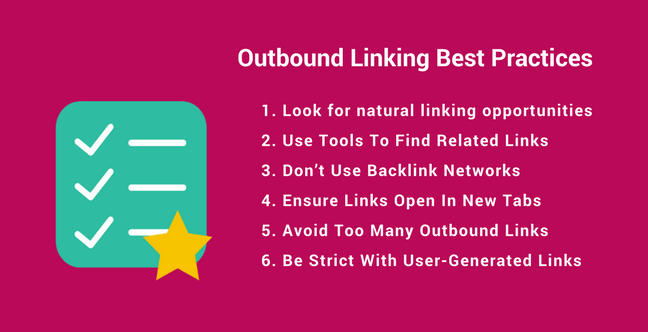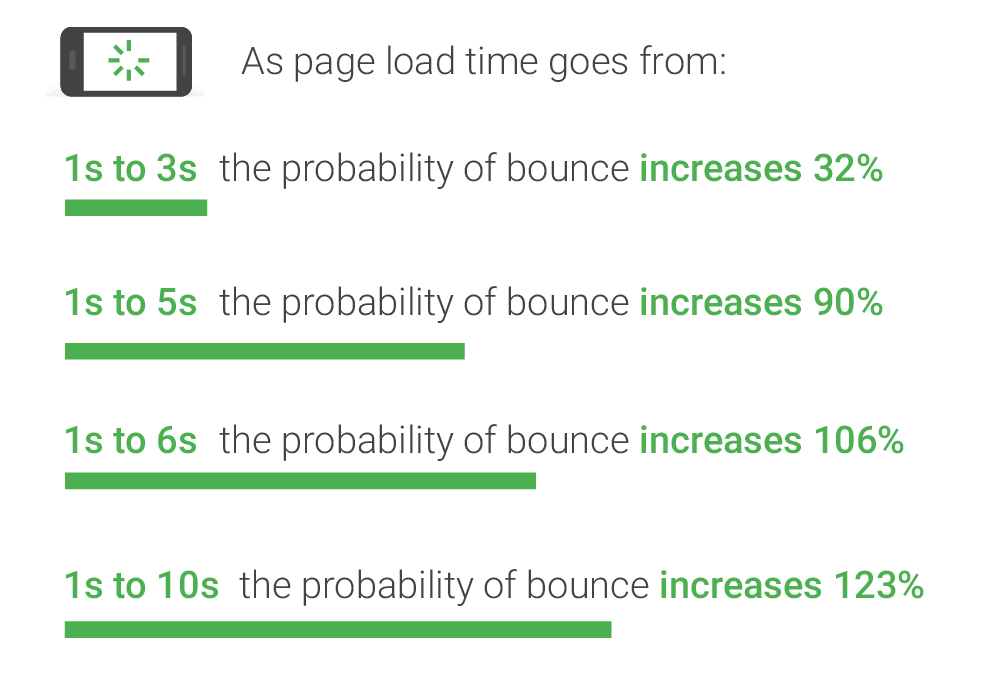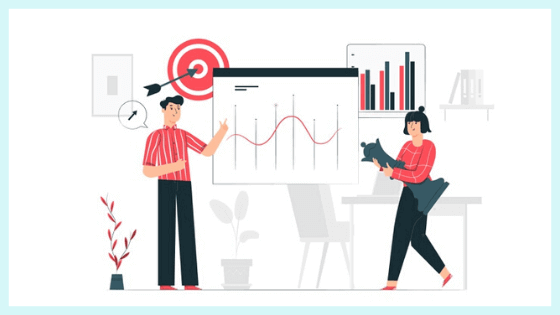Do you want to increase your website traffic? Then, you should concentrate on optimizing the content, the webpages and various other metrics to rank high in the search engine results.
Did you know that almost 75% of people won’t move beyond the first page of Google search results?
With such alarming figures, you will be losing out on valuable leads even if you are on the second page. So, if you want to gain more customers and increase your website traffic, you must concentrate on improving your search engine ranking. However, it’s often challenging to understand how the search engine decides the ranking order.
That’s why, at YellowFin Digital, our SEO experts have tried and tested various SEO techniques that work and make a difference to your search engine results. So here are some of the top SEO techniques that increase your search engine ranking and traffic.
The Top 10 Proven SEO Techniques for High Website Traffic
There are plenty of techniques and strategies involved in boosting the search engine rankings that involves working on and off the website. Here are some of the sure ways to get it done.
1. Optimize for the Audience, Not only for the Search Engines
Though it’s called Search Engine Optimization, let’s not forget the main reason SEO came into practice – to increase user-friendliness and provide better services to the audience. Therefore, when you optimize the content or create new content for your website, make sure that it’s valuable and shareable. Such a good piece of content will automatically do its work and bring you good results.
Create a buyer’s persona or an audience’s persona and see why the person is looking for this information and what he wishes to do with this information. When you have such data, you can optimize the content and leverage it to your advantage and increase your conversion rate.
Keep in mind that, while optimizing the content for the audience, make sure to elaborate and keep the word length more than 1500 words. It’s found that content of higher word length ranks better in search engines and has higher shares on social media.

You can see from this image that content of word length more than 2000 occupies the first page of search engine results. While content length is a deciding factor for increasing the ranking, it’s not the only factor you need. You should include more SEO techniques from the following list.
2. Conduct an SEO Audit
When you decide that you need to take some strategies to increase the SEO score, you should be aware of where you are standing right now. An SEO audit will help you discover the current traffic and conversions, the performance of web pages, webpages that bring in more results and many such metrics. This SEO audit will act as the reference against which you will check the results of the new SEO strategies.
What are the important factors to check in an SEO audit?
- The optimization of all website URLs
- The critical landing pages and the keywords it’s ranking for with the ranking position
- The SEO meta titles and descriptions of all the webpages
- The redirects and look for broken links
- The alt text in all the images in the website
- The keywords in each of the webpages
- The proper internal linking among webpages
- The external links to your sites and its authorities
When you know all of these data, you will have a good idea of where you need to start and the elements you need to correct to increase the ranking.
3. Increase Outbound Links to Quality Websites
As your goal is to provide valuable information to the audience, it doesn’t matter where they get it. When you link to the relevant outbound links, which gives the audience additional information or elaborates on specific topics, your website’s reputation will increase in the eyes of readers.
Not only that, the SEO score of your website increases when the search engine sees that you have referenced various good authority websites in your content. However, don’t try to include the links just because you need to. Make sure that it is actually adding value to the blog and gels well with the content flow. According to the SEOPressor, here are top best practices for outbound links.

4. Pass on the Link Juice to Low-Performing Pages
Internal linking the poorly-performing web pages will also have an impact on the search engine results. This internal linking is totally in your control and therefore, you can try and test it with different web pages.
In internal linking, it is advised to add the URL of the low-performing pages inside the high-traffic pages. This should be done in a manner that is natural and compliments the content in the high-traffic page. You can use any of the SEO tools available to make a list of the pages you need to internally link to increase its traffic and find suitable webpages to add it.
This will increase the overall website authority and aid in the flow of the content within the website.
5. Improve User Experience with RankBrain
Wondering what RankBrain is?
Well, RankBrain is a search engine algorithm introduced by Google in the year 2015. RankBrain uses artificial intelligence to understand the enormous volumes of content on the internet and can comprehend and guess the content even when it couldn’t understand. The technique with which RankBrain ranks web pages has made a major difference as it focuses on the user experience each of the web pages provides.
What are the main factors that RankBrain considers?
- The clickthrough rate
- The bounce rate
- The time on site
Therefore, you can analyze all of these factors in your webpages and come up with innovative strategies to optimize them. Keep an eye out for these RankBrain factors when implementing any SEO strategy.
6. Optimize the Page Loading Speed
Have you been neglecting the page loading speed? Well, that could be the biggest mistake you have made!
Page loading speed has a lot of impact on the SEO weight as well as on user experience. 47% of people expect a webpage to load in 2 seconds or even less. Also, around 40% of people leave a website if it takes more than 3 seconds to load. With these data, for every second delay in the page loading speed, you are losing 7% of conversions! As the page loading speed increases, so does your bounce rate too!

So, if you want to retain the users who land on your website, then you must keep the loading speed as minimal as possible. To reduce page loading speed,
- Use asynchronous loading for CSS and JavaScript files
- Reduce the size of the images
- Minimize HTTP requests
- Reduce server time response
- Perform regular audits on the page loading speed.
7. Keep the Website Mobile-Friendly
The number of people accessing the internet from smartphones has increased steadily. You should cater to the user-friendliness of the audience who uses your website from mobile phones too.
The conventional static web page designs that look great on a desktop is a big no-no on mobile phones. Make sure to use dynamic web pages that automatically optimize itself according to the screen size and provides a great experience for the users. Check for the font sizes that look good on both the desktop and mobile versions. Ensure that your content doesn’t get hidden by ads in its mobile versions.
8. Include More Infographics
Wondering what infographics has to do with SEO? Well, infographics are one of the best ways to increase your website authority. Including infographics in your content works for your SEO in many angles.
It increases the inbound links for your website as more web pages will be quoting and using your infographics. Readers will understand the content better and will probably keep visiting you more and explore more on the website. The webpage content will be optimized with lots of images, which again works well for the search engines. All of these work together to increase your website authority as well as the authority you have in your domain.
In a survey by Venngage conducted with 300 online marketers, 40% of marketers said that among all the major visual formats, infographics performed the best and generated better engagement.

It’s pretty evident that including infographics on your website will make a definite impression on your conversions and your traffic.
9. Remedy the Content Gaps
A content gap is when the competitors have content about specific topics and rank for some valuable keywords which you haven’t targeted.
Why is a content gap important for SEO?
A content gap could mean losing out on the leads and conversions that your competitors are taking advantage of. Also, remedying this content gap helps with SEO as search engines analyze the entire content on your website to decide the authority. In this analysis, it checks if the site has everything a user will look for in a specific domain. Therefore, it’s best to fill in these content gaps to show your website authority.
There are various tools like Aherf’s Content Gap that will help you analyze the areas of the content gap. You can check out the topics where your competitors are taking advantage of and where you are lagging.
10. Revive Your Old Content
As more time passes, the value of your content keeps declining and so does the quality of your website. For an effective SEO strategy, you can update the old content and increase its relevance to the current times.

When you update your old content, it shows the search engines that you are trying to keep up the content fresh for the users. You can check for the facts, remove broken links, add new links to internal and external web pages and include more visual content for the better reading experience. Also, when you change your content more, Google crawls your website more often and keeps updating your website often too. You can notice an improvement in the overall SEO of your website and not just on the pages with the revived content.
At YellowFin Digital, we follow all of these SEO strategies and more. Being the most reliable and experienced SEO company for small businesses and startups, we have helped many to get ranked on the first pages of Google. Do you want to avail our SEO services? Contact us now!



